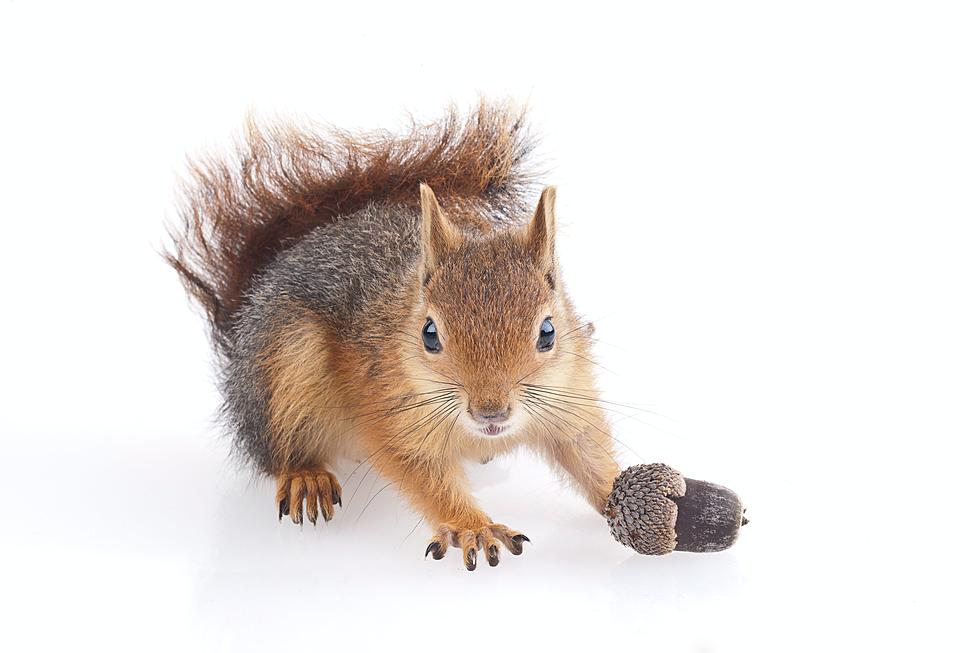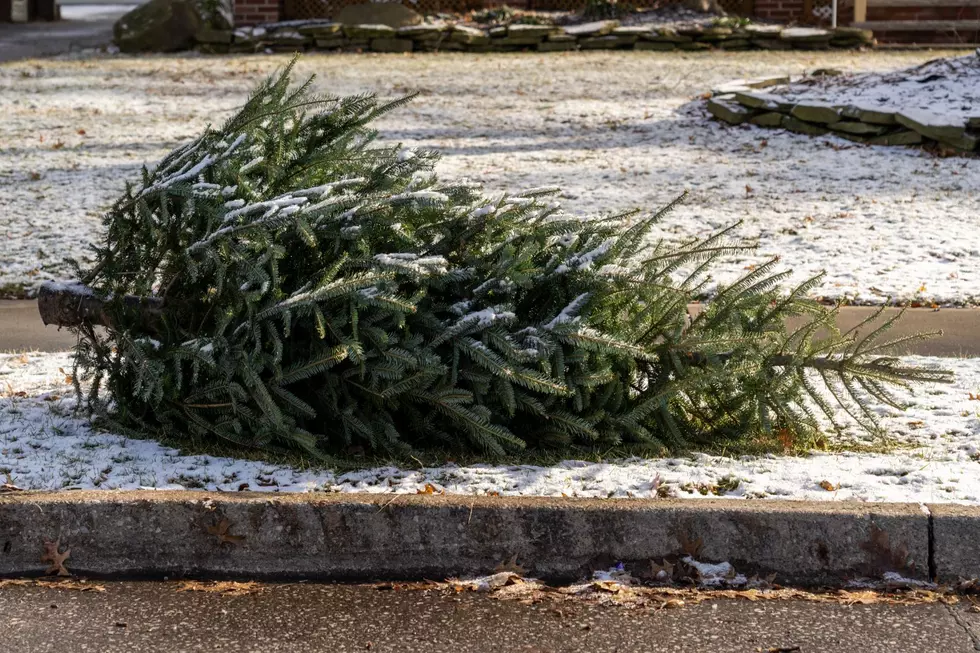
Drought and Cold Winters Have Impacted Michigan’s Trees and Shrubs
The Great Lakes have returned to normal water levels after seeing above-normal precipitation over the past couple of years, but Michigan's trees still need more water to recover from a decade of droughts.
Cold winters have also created stress on Michigan's trees.
See more on the extent of winter's damage and which species of trees and shrubs have been hit the hardest.
The Michigan DNR's recent report on forest health takes a close look at how last winter's cold and recent above-normal precipitation have impacted Michigan's trees and shrubs.
Michigan's trees have enjoy the recent boost in precipitation, but need more water to rebuild energy reserves. More water means stronger trees which can better defend against pest attacks.
The winter of 2013-14 was record setting in Michigan, but the cold did not have a serious affect on most native trees and shrubs. Exotic species growing near the limits of their cold hardy zones were the most likely to be damaged.
In the Southern Lower Peninsula the cold winter led to more damage from rabbits, mice and deer which were looking for food in the extreme cold and heavy snow.
The Southern Lower Peninsula's unusually deep and long lasting snow cover also provided cover for voles, letting them make tunnels to their favorite food sources including: Hydrangea, Arborvitae, Burning Bush and Winter Holly. The damage from voles often initially appeared to be winter damage.
Broad-leaved evergreens saw increased injury from winter burn/salt injury.
Dieback on deciduous trees and shrubs, especially those not considered hardy, is also expected including: Pear, Cherry, Peaches, Sweetgum, Redbud, Atlas Cedar and Bald Cypress.
More From 100.5 FM The River









